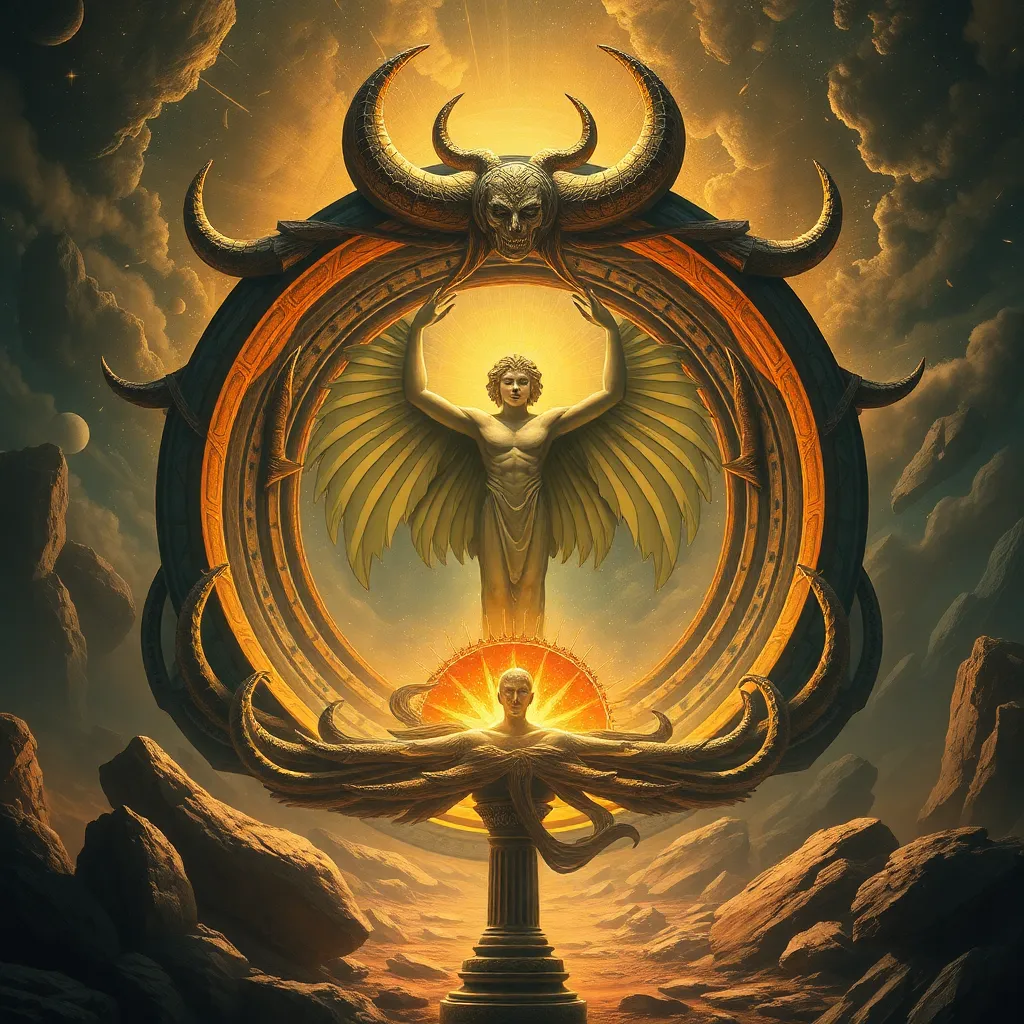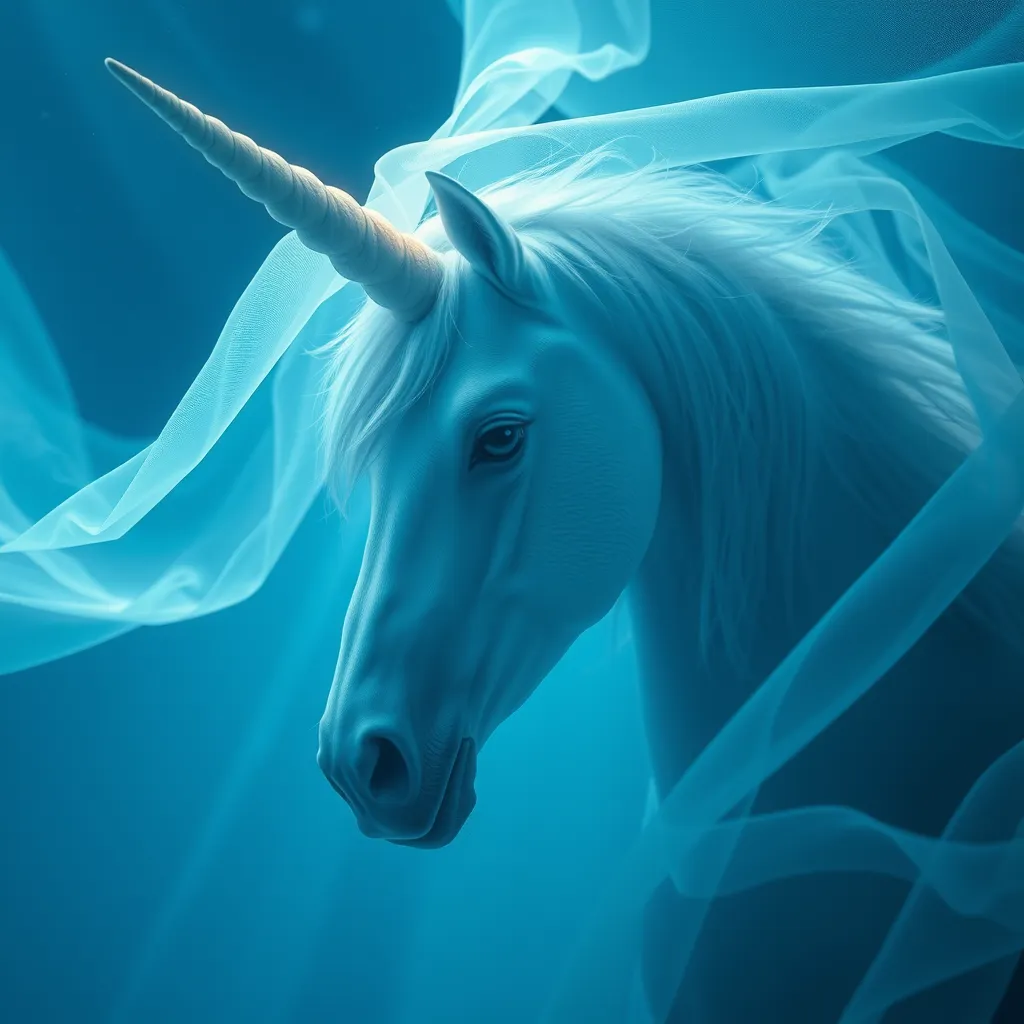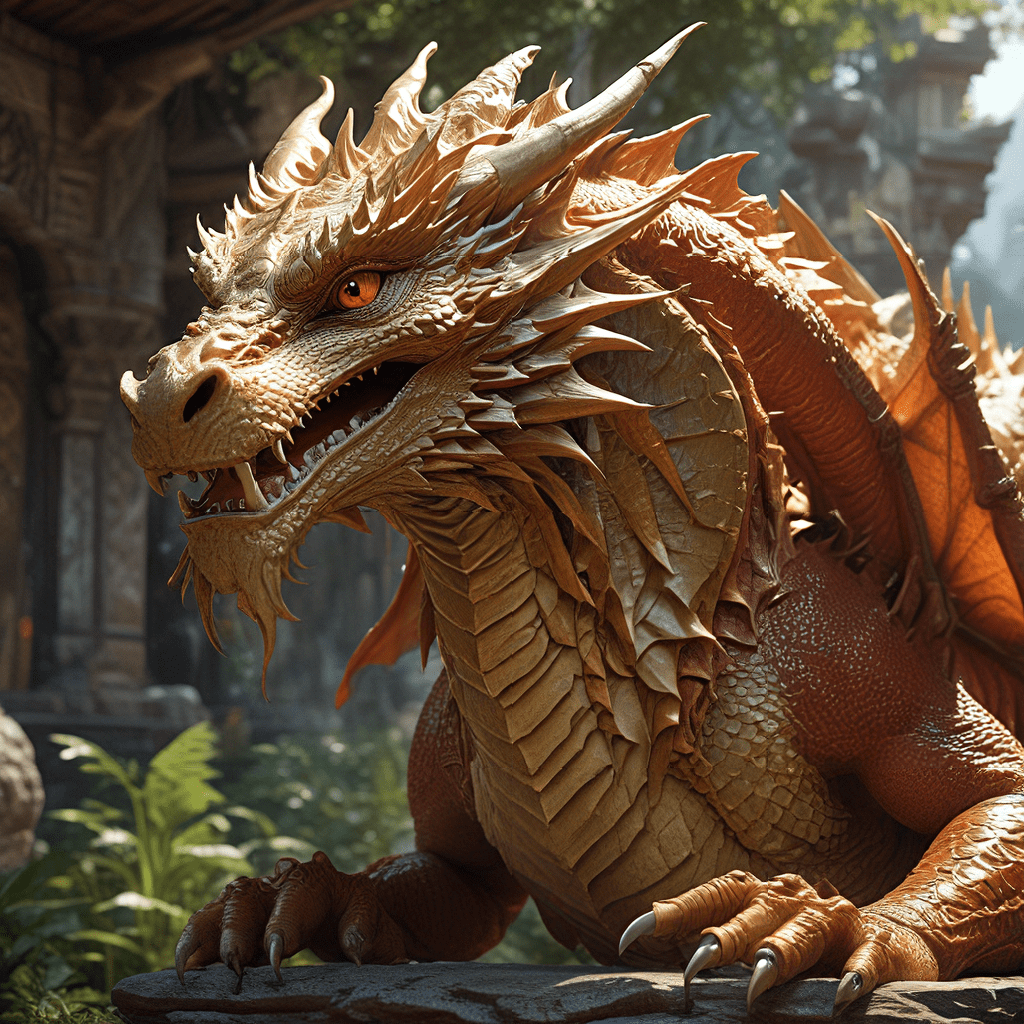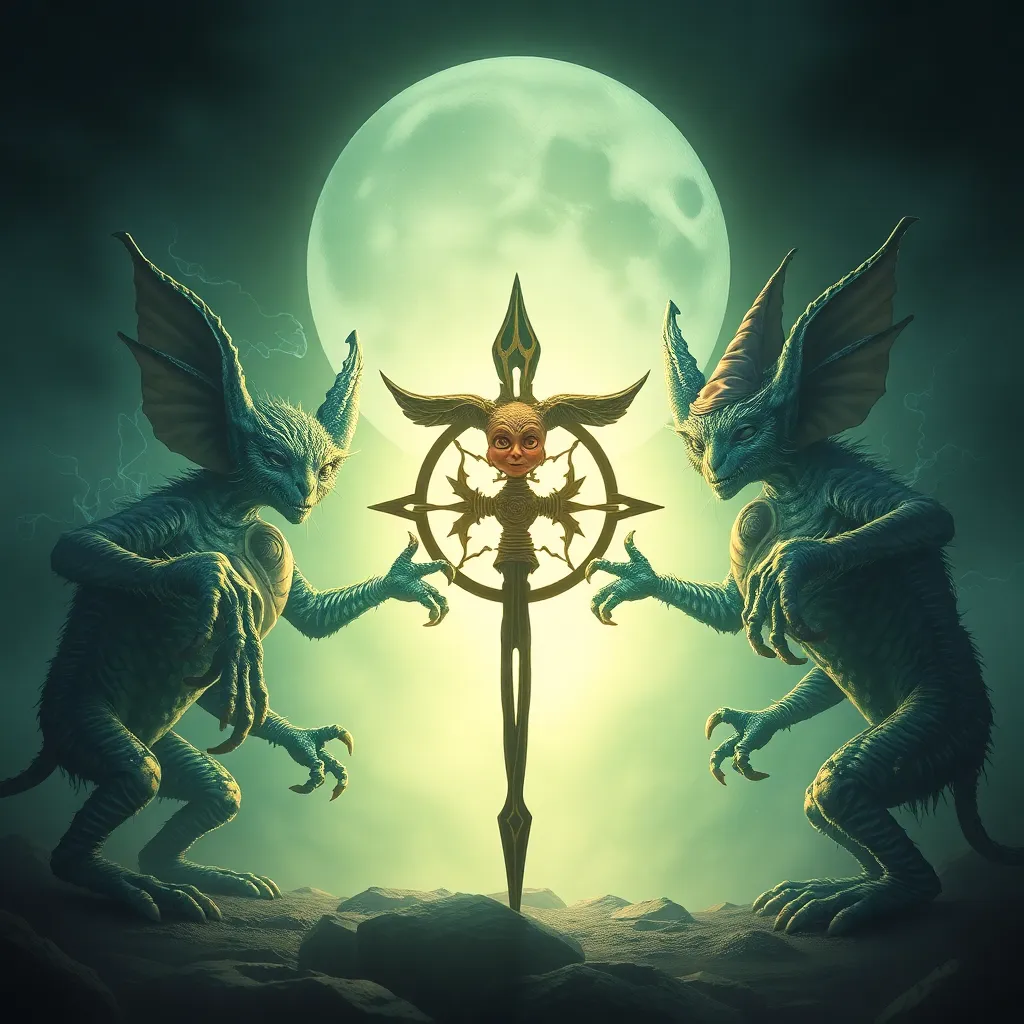Born of Uranus: The Origins and Significance of the Hecatoncheires
I. Introduction
Greek mythology is a vast and intricate tapestry of stories, gods, and creatures that have shaped Western literature and thought for centuries. Among these mythological figures are the Hecatoncheires, three formidable giants born from the primordial deities Uranus and Gaia. Understanding the origins and significance of the Hecatoncheires is essential, as they embody themes of chaos, power, and the struggle between order and disorder in the cosmos.
II. The Mythological Context of Uranus
Uranus, known as the personification of the sky, is a primordial deity who plays a crucial role in the creation myth of the ancient Greeks. He is often depicted as a vast, starry dome that envelops the earth, representing the heavens above.
- Creation of the Cosmos: Uranus is one of the first beings to emerge from Chaos, the void from which everything else originates. He represents the limitless expanse of the sky, and his existence signifies the beginning of the universe.
- Relationship with Gaia: Uranus’s union with Gaia, the Earth, led to the birth of several significant beings, including the Titans, Cyclopes, and the Hecatoncheires. This partnership symbolizes the merging of the earth and sky, foundational elements of the Greek cosmology.
III. The Birth of the Hecatoncheires
The Hecatoncheires, named Cottus, Briareus, and Gyges, are described as colossal giants with an extraordinary physical form. Each Hecatoncheire possesses a hundred arms and fifty heads, symbolizing immense strength and power.
- Cottus: Known for his fierce and warlike nature, Cottus represents the destructive aspects of chaos.
- Briareus: Often viewed as the mightiest of the three, Briareus embodies strength and endurance, playing a crucial role in many battles.
- Gyges: While lesser-known than his brothers, Gyges is equally formidable, contributing to the family’s legacy of power and ferocity.
The circumstances of their birth are marked by turmoil. Uranus, fearing the power of his offspring, imprisoned the Hecatoncheires and the Cyclopes in Tartarus, a deep abyss used as a dungeon of torment. This act of fear and rejection set the stage for their future significance in myth.
IV. The Role of the Hecatoncheires in Greek Mythology
In Greek mythology, the Hecatoncheires emerged as pivotal figures during the Titanomachy, the great war between the Titans and the Olympian gods.
- Participation in the Titanomachy: After being freed by Zeus, the Hecatoncheires joined forces with the Olympians, using their immense strength to hurl boulders and defeat the Titans. Their contribution was vital in establishing the reign of the Olympians.
- Guardians and Warriors: Following their victory, the Hecatoncheires were appointed as guardians of Tartarus, ensuring that the imprisoned Titans would never escape. This role underscores their importance in maintaining cosmic order.
- Relationship with Other Mythological Figures: The Hecatoncheires are often associated with other giants and deities in Greek mythology, highlighting their role within the broader mythological narrative.
V. The Hecatoncheires in Art and Literature
The representation of the Hecatoncheires in ancient Greek art and literature is varied and rich, showcasing their significance in the cultural imagination.
- Ancient Greek Art and Sculpture: The Hecatoncheires were depicted in various forms, often emphasizing their monstrous size and multitude of limbs. These representations served to evoke awe and fear, reflecting their chaotic nature.
- Classical Literature: Writers such as Hesiod and Homer refer to the Hecatoncheires in their epics, portraying them as powerful allies of Zeus and instrumental in the battles against the Titans.
- Evolution of Portrayal: Over time, the Hecatoncheires have been reinterpreted in various art forms, from Renaissance paintings to modern adaptations, reflecting changing cultural values and perspectives on power and chaos.
VI. Thematic Significance of the Hecatoncheires
The Hecatoncheires embody several thematic elements central to Greek mythology, making them significant beyond their physical attributes.
- Chaos vs. Order: The struggle between the chaotic forces represented by the Hecatoncheires and the orderly cosmos established by Zeus and the Olympians highlights the tension between these two fundamental concepts in mythology.
- Power and Duality: The Hecatoncheires symbolize the duality of power—while they are powerful beings, their fearsome nature also represents the destructive potential of unrestrained chaos.
- Allegorical Interpretations: Scholars have interpreted the Hecatoncheires as allegories for natural disasters or the uncontrollable forces of nature, reflecting humanity’s struggle to impose order on a chaotic world.
VII. Modern Interpretations and Legacy
The legacy of the Hecatoncheires extends into contemporary culture, influencing literature, film, and other forms of media.
- Influence on Contemporary Culture: Their story has inspired various modern interpretations, often serving as metaphors for the struggle against overwhelming odds or the chaos of modern life.
- Modern Literature and Film: The Hecatoncheires have appeared in various forms in books, movies, and games, often reimagined as powerful beings that embody the complexities of contemporary themes.
- Relevance in Today’s Society: The themes associated with the Hecatoncheires, such as the balance of power and the negotiation of chaos, resonate with current societal challenges, making their myth relevant even today.
VIII. Conclusion
In conclusion, the origins and significance of the Hecatoncheires within Greek mythology reveal a rich tapestry of themes that delve into the nature of chaos, power, and the human experience. Their enduring legacy serves as a reminder of the complexity of mythological creatures and their role in understanding human nature and culture. As we reflect on the Hecatoncheires, we appreciate the timeless narratives that continue to shape our understanding of the world.



